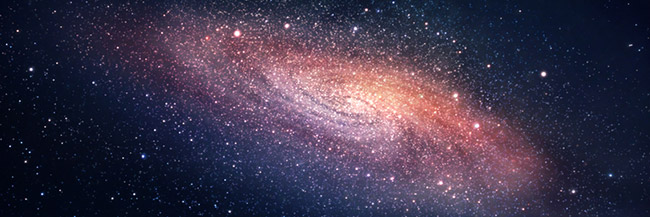The Crater Page

Impact cratering is the result of a collision between a meteoroid and a larger, planetary object. The planet will most likely survive the impact, but a scar, or crater, will be formed on its surface. Meteoroids impact all of the planets in the solar system, even gaseous planets like Jupiter. Because of Jupiter’s less-than-solid surface, the craters are only visible for a short time. The surfaces of Mercury and earth’s moon are covered with impact craters. Mars has seen significant impact cratering, but because of strong winds, many have eroded. The earth has impact craters, but because of its atmosphere and geological activity, a meteoroid is either burned up before the collision or the resulting crater erodes over time.
Impact Craters
Impact craters may cause significant environmental changes to a planet, including changes in its biological and geographical evolution.
- Terrestrial Impact Craters Slide Set: Online slideshow of various craters on the earth and other planets. Includes diagrams.
- Impact Craters: Facts and photos.
- Jupiter Facts: Explanation of craters on Jupiter’s moons.
- Impact Craters: The environmental effects of impact craters on the planets.
- Venus: Image of impact craters on Venus.
Craters on Earth
The earth has approximately 160 known impact craters. Because of the earth’s atmosphere and geological activity, few of them are visible. Craters can be anywhere from a few meters to approximately 300 meters in diameter.
- Giant Impact: Facts and satellite images of the earth’s craters.
- Fresh Craters on the Moon and Earth: Information about recent crater impacts.
- Earth Impact Database for North America: Map and information about various impact crater locations in North America.
Chicxulub Impact Crater
The environmental results of impact cratering can be staggering. Many scientists believe that the Chicxulub Impact Crater in Mexico is responsible for the death of the earth’s dinosaurs.
- Chicxulub Impact Event: Description and effects on the region and planet.
- Chicxulub Impact Crater: Image of gravity changes in the area surrounding the crater.
- Meteoroid Impact Crater: Chicxulub: Topographical depiction of the crater.
- Chicxulub Impact Tsunami Simulation: A Quicktime video simulation of tsunami caused by crater impact.
Moon Craters
Scientists have known there were craters on the moon since the telescope was invented. Moon craters are more easily studied because of the moon’s proximity to earth and the clear atmosphere. Moon craters can be quite large. The Orientale Crater is nearly 600 miles long.
- Moon Craters: Moon crater images from various space missions.
- Bright Crater Rays and Boulders: Image of a relatively new crater impact on the moon.
Because of the possibility of negative effects resulting from an impact crater event, it is important that scientists continue to research impact crater sites on the earth as well as other planets. Impact craters offer a glimpse into the past from which scientists may learn about the future.
